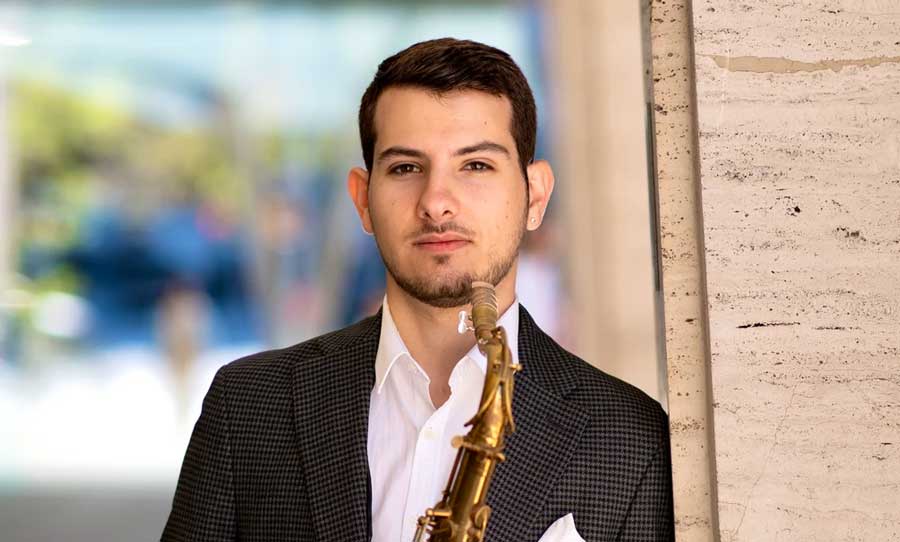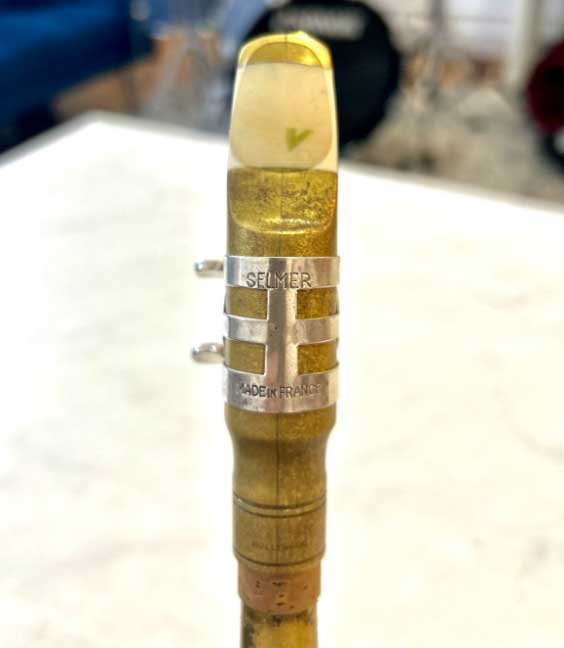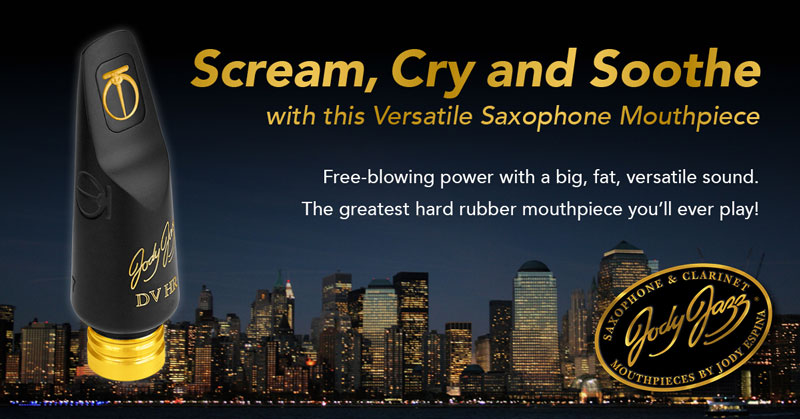The Principles of Saxophone Sound Production

Concept!
The first and most important thing about developing a sound on the saxophone is a concept. Our sound is our voice and the first thing people hear when they listen to us. We must do the best we can to make it compelling and convincing. Similar to giving a speech, we have to know what we want to say in order to convey a strong and meaningful message. We have to have an expectation of what our voice is going to sound like before we play. That comes with years of deep listening and understanding what characterizes the musicians we like.
Quality vs Timbre
I like to divide sound into quality and timbre. What differentiates Sonny Rollins from John Coltrane? Or Johnny Griffin from Yusef Lateef? The timber of their sound is different but what they all have in common is a good quality sound. This leads us to the next section which is what I define as quality in sound.
Sound Components
This is a list of components that define and make up the sound.
- Sound character/color (Personal Taste)
- Fullness & Evenness
- Dynamics
- Flexibility and Diversity
- Vibrato
- Articulation
In order to make sure that all of these components are present there are a few fundamentals to keep in mind.
Fundamentals
Posture & Body Position
The first and most important fundamental habits to have in mind are posture and body position. Generally, the body should always be relaxed and have no tension. Keeping a straight back and raised head ensures maximal airflow.
Proper Breathing & Diaphragm Support
The quality of our breath is what determines the quality of our sound. It is highly important to take a deep breath and engage the diaphragm, similarly to a yawn. The breath should be totally silent, any sound during inhalation may indicate an improper breath. After taking a proper breath, be sure to engage the abdominal muscles to help control the air and use it to create intensity in the air stream.
Air speed vs. Amount
The amount of air we use is intuitive but the air speed requires a little more thought. To understand the difference, try holding your hand in front of your mouth and blow cold air. This results in a focused and faster air stream. Then, try blowing hot air almost like fogging a window. This gives a slower and more spread airstream. The desired dynamic would ultimately determine how much air should be used. The air speed would vary depending on the kind of sound we’re looking to achieve. For example, John Coltrane uses a fairly high air speed in comparison to Ben Webster or Coleman Hawkins. This creates a more “Direct” and focused sound rather than a spread sound. With that said, there always has to be a certain air speed in order to achieve intensity in the sound, even at a soft dynamic.
Embouchure & “O”
The embouchure should be loose and relaxed, almost a natural position with no manipulation. The bottom lip should be soft and act like a cushion. I think of an “O” vowel sound when I play in order to keep an open throat position. This is what we call “voicing” which allows the air to flow freely. Doing this results in a big and open sound.
Listening & Imitation
Listening and imitating our favorite players is a highly important part of developing a good sound. There’s tremendous value in doing a deep dive into each saxophone player and imitating their sound, vibrato, time feel, articulation and being able to define each player’s style in a few words. This gives us the flexibility to play in different styles and understand the fundamentals of saxophone playing.
Equipment
There are many thoughts and debates about equipment and whether or not it matters. Personally, I believe that equipment does matter but should not be the main focus when working on sound. Just like technique, the setup is a tool to help us achieve what we hear and be able to perform it as effortlessly as possible. It should feel comfortable and responsive. An approach I would suggest trying before switching mouthpiece or reed is isolating any of the elements I previously talked about and understanding which one of those needs more work. If the current setup doesn’t physically allow you to make that change, it might be time to experiment with a different setup.
An important key to keep in mind when looking for a new setup is knowing where we like resistance. Do we like the resistance coming from the reed or the mouthpiece? That would affect choosing the tip opening and reed combination. Personally, I tend to go for open mouthpieces and softer reeds because I like the reed to respond quickly and give me that effortless feeling and buzz in the low register. Other things to consider besides the tip opening is the chamber, the baffle, the length of the facing and thickness of the side rails.
Exercise
We all know that we have to do our long tones daily. Besides that, another routine I found to be extremely beneficial is practicing the overtone series. In short, the overtone series are a series of notes (partials) that are built on a fundamental note and appear in the fundamental note giving it its richness.

My favorite exercise is one I call overtone drop. This can be applied to any note between low Bb and Db.
Steps
- I start by fingering low Bb and overblowing the first partial which gives the Bb an octave above.
- Then, I let that note drop down to the low Bb without any movement in the embouchure, only using the tongue and throat position.
- From there, I keep going up to the second partial (second octave F) and do the same thing.
Make sure to perform each drop several times until you feel comfortable before moving to the next partial. This exercise ensures that we keep the same embouchure that we use for low Bb for the rest of the horn and forces us to find the correct voicing in the throat and proper air stream needed to produce each note with maximum resonance. It is important to perform this exercise or any overtone exercise only using air attacks, i.e., no tongue at the beginning of the note.
Conclusion
I firmly believe that incorporating the concepts and exercises in this article bring your sound up to the next level, so by all means, give this a try and please give it a try and let me know in the comments how it’s worked out for you!
Daniel’s Setup

I’m currently playing a Zimberoff Vibra-Metal (Dukoff Hollywood) refaced to a 6* according to Dexter Gordon’s specs by Kirill Poudavoff, Rigotti Gold 3 light and Selmer 404 ligature on a 42xxx 1950 Super “Balanced” Action Tenor.
Click here to learn more about this setup
For more info on Daniel including media and educational materials, head over to his website at DanielCohenMusic.com.






